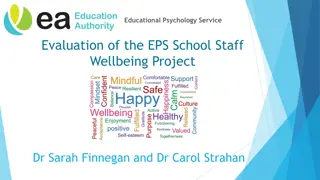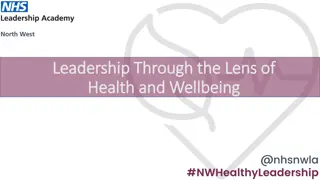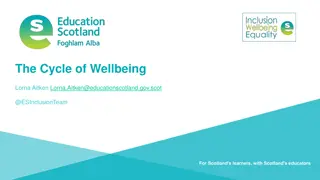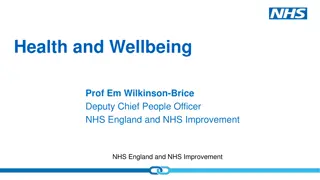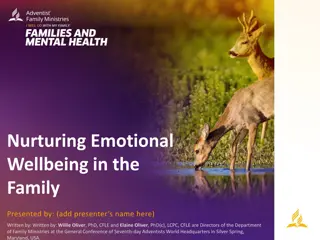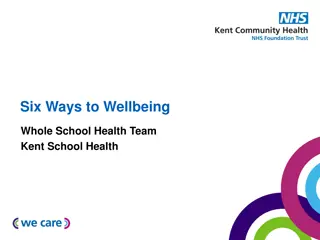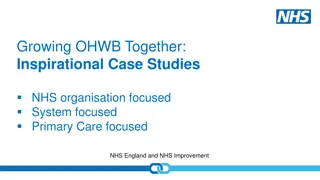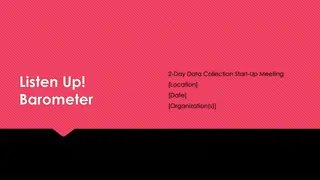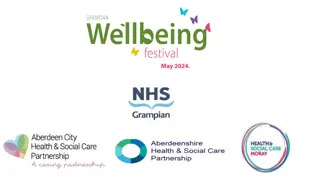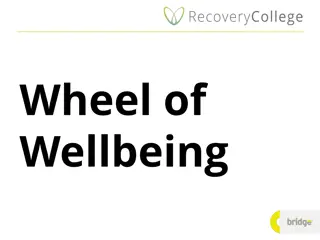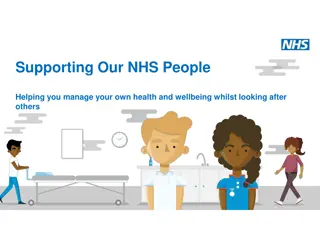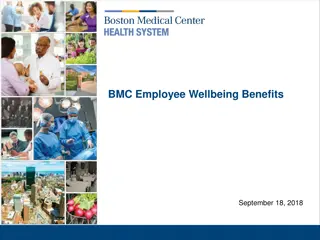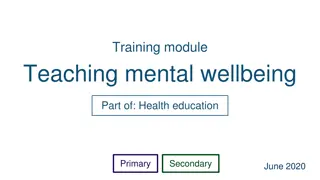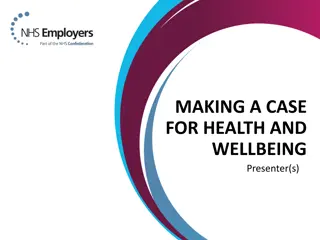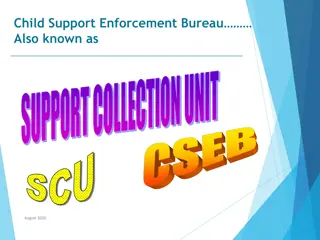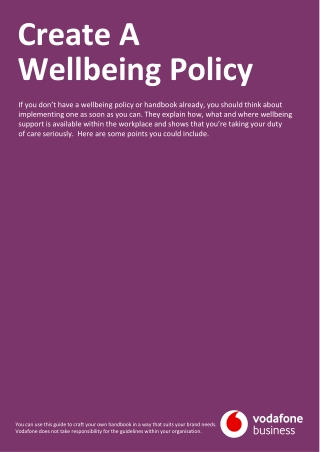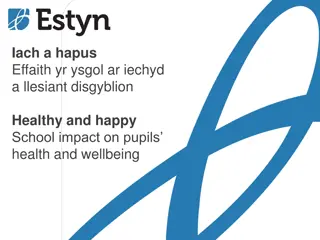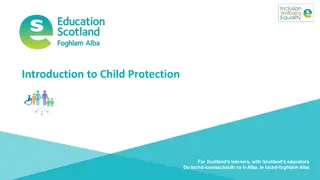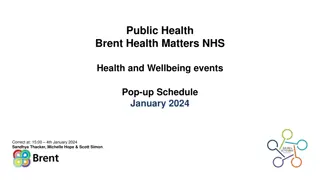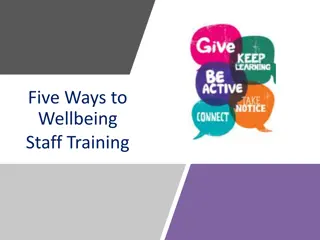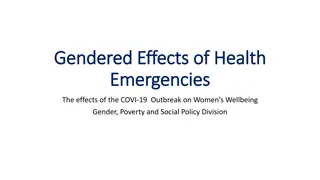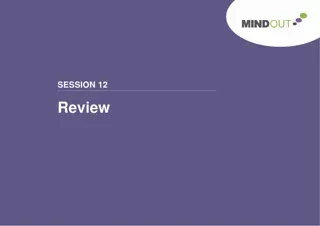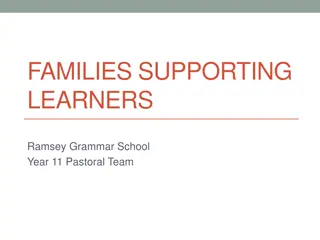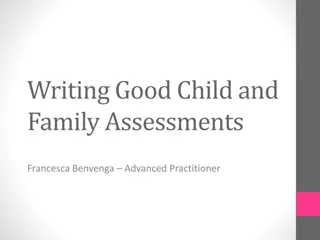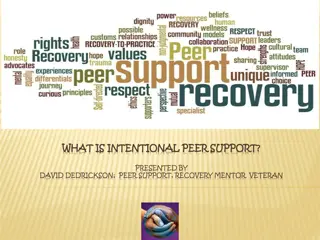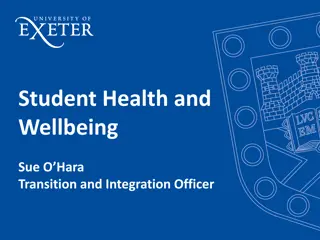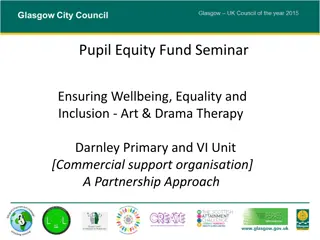Understanding Child Wellbeing: Look, Listen, Link for Support
Explore the importance of observing warning signs of distress in children and adolescents, offering active listening, understanding their feelings, and providing resources for support. Learn about common signs of anxiety and low mood in young individuals and discover recommended reading materials to help children overcome fears and worries. Empower yourself to support youth who may be struggling with their mental health effectively.
Download Presentation

Please find below an Image/Link to download the presentation.
The content on the website is provided AS IS for your information and personal use only. It may not be sold, licensed, or shared on other websites without obtaining consent from the author. Download presentation by click this link. If you encounter any issues during the download, it is possible that the publisher has removed the file from their server.
E N D
Presentation Transcript
Look, Listen, Link Dhishani De Silva, Child Wellbeing Practitioner & Rachel Fhima, Child Wellbeing Practitioner
Look, Listen, Link Model Look Listen Link For signs of distress To build understanding and with empathy Be kind To services and Online resources Children s Wellbeing Practitioners Harrow Rachel and Dhishi (WHO 2020)
Look Anxiety/Low mood warning signs teachers might see: Restlessness, fidgety Difficulties concentrating, issues with memory Avoidance of certain classes/people/places Social withdrawal Constantly tired/lethargic Irritated or angry Lack of interest in activities previously enjoyed Thoughts about suicide/self-harm Deliberate self-harm Physiological symptoms (dry mouth/choked up, sweating, increased heart rate, muscle shakes, breathing faster, nausea
Active Listening This will blow over.. It will all be fine Don t worry.. Problem- solve/fixing or just need an ear to listen
I can understand that you might feel/think/want/ Because And I am here to support/help you.
Link What you can do if a YP is struggling Speak to the child/young person and family about your concerns. Resources Website Kooth Childline The Mix YoungMinds Place2Be Every Minds Matters Kidscape CalmHarm (App) Headspace (App) What services are available? Pastoral services in school? MHST/EMHP service? Assembly on wellbeing CAMHS Harrow Horizon Heads Up - consortium of various services NB: The above will vary according to local resources and is not exhaustive
Recommended Reading o Overcoming Your Child s Fears and Worries: A Guide for Parents using cognitive behavioural techniques by Cathy Cresswell and Lucy Willetts o No Worries! Mindful Kids: An Activity Book for Children Who Sometimes Feel Anxious or Stressed by Dr Sharie Coombes o The Huge Bag of Worries by Virginia Ironside o What to Do When you Worry Too Much: A Kid s Guide to Overcoming Anxiety by Dawn Huebner o How Big Are Your Worries Little Bear? By Jayneen Sanders o Hey Warrior! by Karen Young o It s Okay To Make Mistakes by Todd Parr o Wilma Jean the Worry Machine by Julia Cook & Anna Dufalla o David and the Worry Beast by Anne Marie Guanci & Carolina Attia o Starving the Anxiety Gremlin by Kate Collins Donnelly


